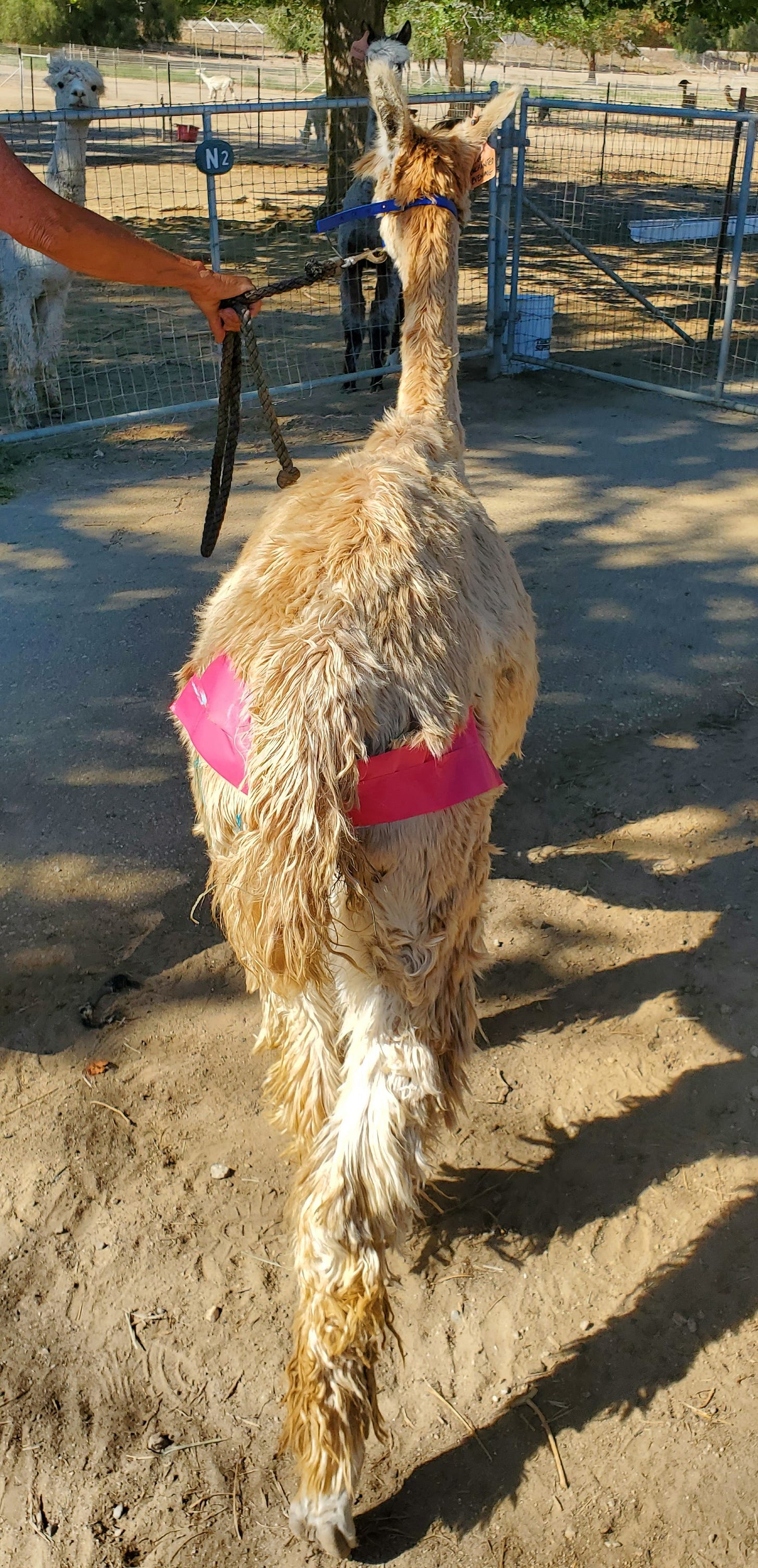Cria Class of 6-2022
There were 14 alpacas (crias) born in June at the Alpaca’s at Windy Hill ranch! So many, that I couldn’t fit them all into one picture, so I created collages by date ranges. I hope you enjoy the delightful beauty of each cria as much as I do!



Normal Alpaca Birth Process
Similar to humans, once contractions start & water breaks the birthing process begins. Unlike most human females, an Alpaca usually give birth within a couple hours of their water breaking. Cindy (owner of Alpacas at Windy Hill) assists with the birth as little as possible, but as much as needed, especially under the following conditions:
If cria is not head-first & front feet showing
If pauses between contractions are too long, Cindy assists by lubing the female & helping push the head out and/or gently pulling on the cria's front legs
Once the cria's body dangles from the mama alpaca for a while, which is natural to stimulate the release of hormones & helps clear out the lungs of embryotic fluids, he/she drops to the ground with a head-first landing. Meanwhile the mom's placenta usually passes, within an hour of the birth.
Both mom & cria rest for around 1-3 hours after birth. After that, the cria starts to wake up & tries it's first steps. Once the cria figures out how to wobble around, it tries to start figuring how to nurse. After first few successful, strong suckling sessions, the cria sleeps soundly for another 1-3 hours. After that, the cria wakes up hungry(!), starts to perk up, starts looking around & walking more confidently, & suckles frequently! Within days, the cria joins his/her playmates in jumping & running/chasing each other around the pasture. This sight always brings a smile to my face.
Post-Birth Alpaca Care
Cindy also steps in to assist the mom & newborn after the birth as needed. Here are some of the most common reasons I’ve witnessed:
Treating/wrapping torn, bleeding umbilicus
Tube feeding preemies - only Waymaker, the preemie needed it as of 6/30
Treating "dummy syndrome" - only Waymaker, the preemie had it so far (See last week's journal for more info)
Belly button vests for crias born with umbilical hernias, two crias so far
If the mom or the cria have trouble connecting or don’t start nursing/feeding within 3-4 hours of birth, Cindy steps in to assist. Sometimes that means leading the mama & cria to a smaller pen. This reduces the distractions caused by other alpaca moms & crias milling around the newborn & helps the new mom & cria focus on bonding with each other. Occasionally the new mom will have a halter & get loosely tied to the fence so the cria can focus on figuring out how to nurse rather than trying to find or follow his/her restless mom around the pen.
All newborns get A&D shot & name tags w/in a few days of their birth
If during the first 5 hours or so the mom & cria still have challenges getting the cria suckling strongly & frequently, a mild pain reliever & mild tranquillizer shot are given to relax maiden (1st time) moms. This slows down her urge to walk away from her newborn & keeps her still enough to let cria find its way to her teats & learn how to fully suckle.
At the end of the day, I headed to take pics of some of the crias & moms I didn’t yet have. As I passed the North-3 field, I spotted an alpaca who looked like she was starting to give birth, so ran back to alert Cindy. Turns out, the pregnant alpaca (not due until 7/30) had a prolapsed vagina. Cindy got some surgical gloves, antiseptic gel, cotton wound pads, & . . . florescent pink duct tape. I did not see that coming.



